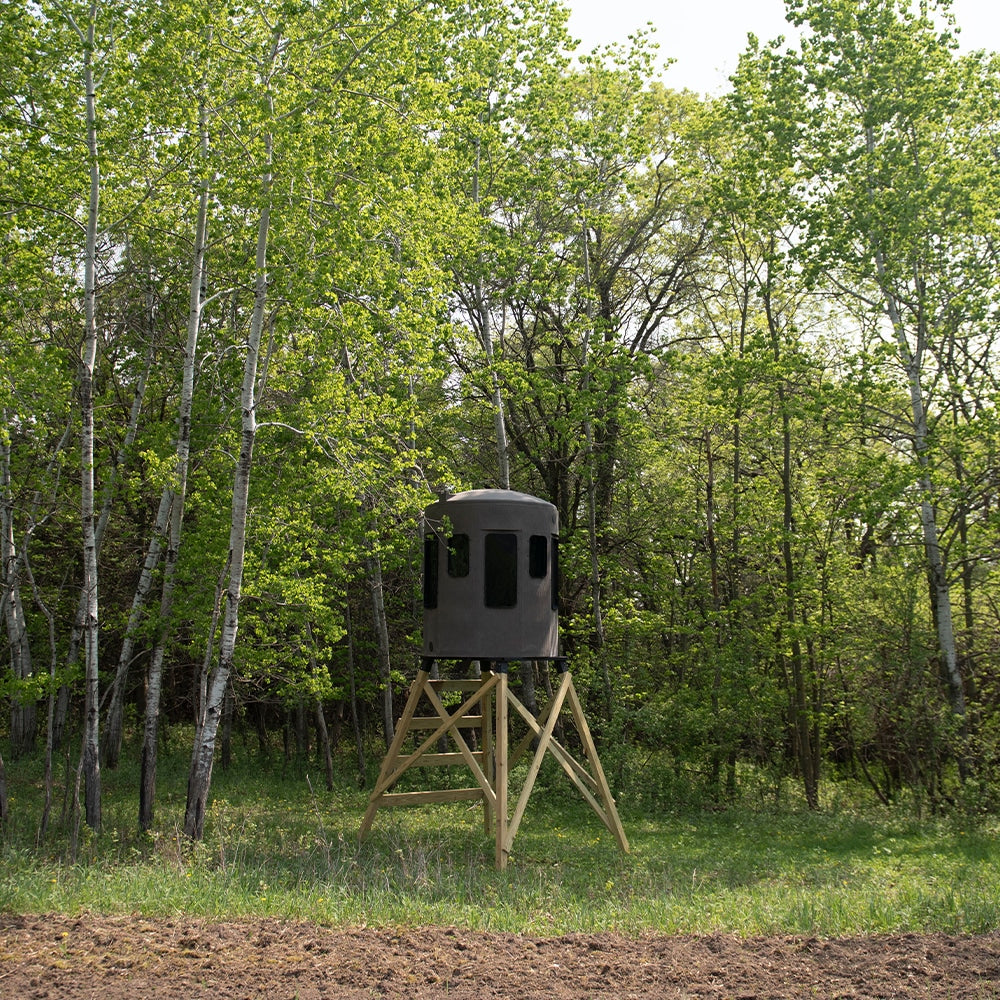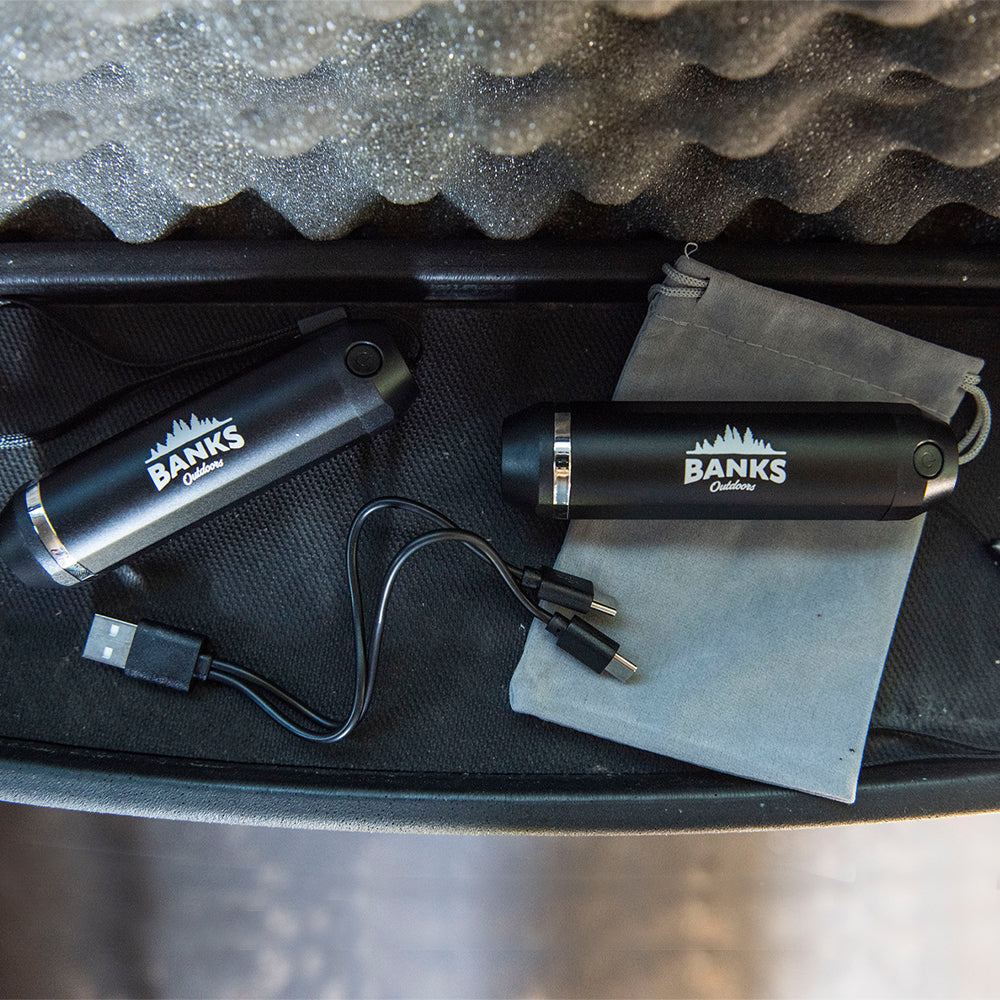Keeping up with landscaping the trees, shrubs and other foliage on your hunting property is essential for cultivating a proper deer habitat and hunting area. You can do this by clearing shooting lanes, planting food plots, and hinge cutting. In this week’s blog, we’ll discuss what hinge cutting is and why it’s a great maintenance technique for your hunting property.
What is Hinge Cutting?
Hinge cutting is the act of cutting down trees and leaving the branches on the ground, intact, to create bountiful coverage for deer on the forest floor. The key to hinge cutting is to make sure you don’t completely cut down the tree. The goal is to keep a portion of the tree attached to the stump. The trunk has to be attached to the stump of the tree for the tree to remain alive and produce foliage. If you cut the tree cleanly off the stump, the cambium layer, which is responsible for nutrients and water transfer within the plant, is severed and the tree will die. The portion of the trunk left uncut will act as a hinge that will allow you to push the tree over onto the forest floor, creating a canopy.
Benefits of Hinge Cutting
Hinge cutting the trees on your property will create a plethora of coverage on the ground that the deer can use for bedding areas. Because the tree has been kept alive, it will continue to produce leaves, fruits and nuts and will provide a food source for the deer. So you’re getting two deer attractants for the price of one: coverage and food.
Things to Keep in Mind
As with everything in life, hinge cutting trees should be done in moderation. You don’t want to hinge cut every tree on your property. The forest floor still needs some sunlight, so if you hinge cut too many trees, you’ll block sunlight completely. Either cut the rest down completely or leave them intact. Create a balance between sunny areas and shaded areas. The National Deer Association recommends hinge cutting about 25% of the trees you cut down.
You should also make sure the branches of the hinge cut trees are in a contained horizontal line. Avoid creating a maze of branches. If you make it too difficult to get out of or block an exit/entrance to your property completely, the deer will become trapped behind the hinged trees and will be susceptible to coyotes and other predators. There should be enough coverage to allow them to make a bedding area, but not so much that they can’t get out.
Once you’ve created your hinge cuts, set up your Stump blind nearby to observe the action on the trail between the trees and your food source.
When done properly, hinge cutting trees can be a great way to cultivate bedding areas on your property while still maintaining fair chase. Use our Trail Runner 62 Trailer or Trail Runner 62 Sled to carry your equipment to the forest on your property and take advantage of the off season to conduct some property maintenance. You can use the trailers to haul away any tree branches you end up cutting completely down.
What do you do to maintain your property and improve deer habitat areas? Let us know in the comments below!






Upgrade Your Hunting Setup: The Best Accessories to Add to Your Blind
The Best Watering Strategies for Keeping Deer on Your Property in Summer